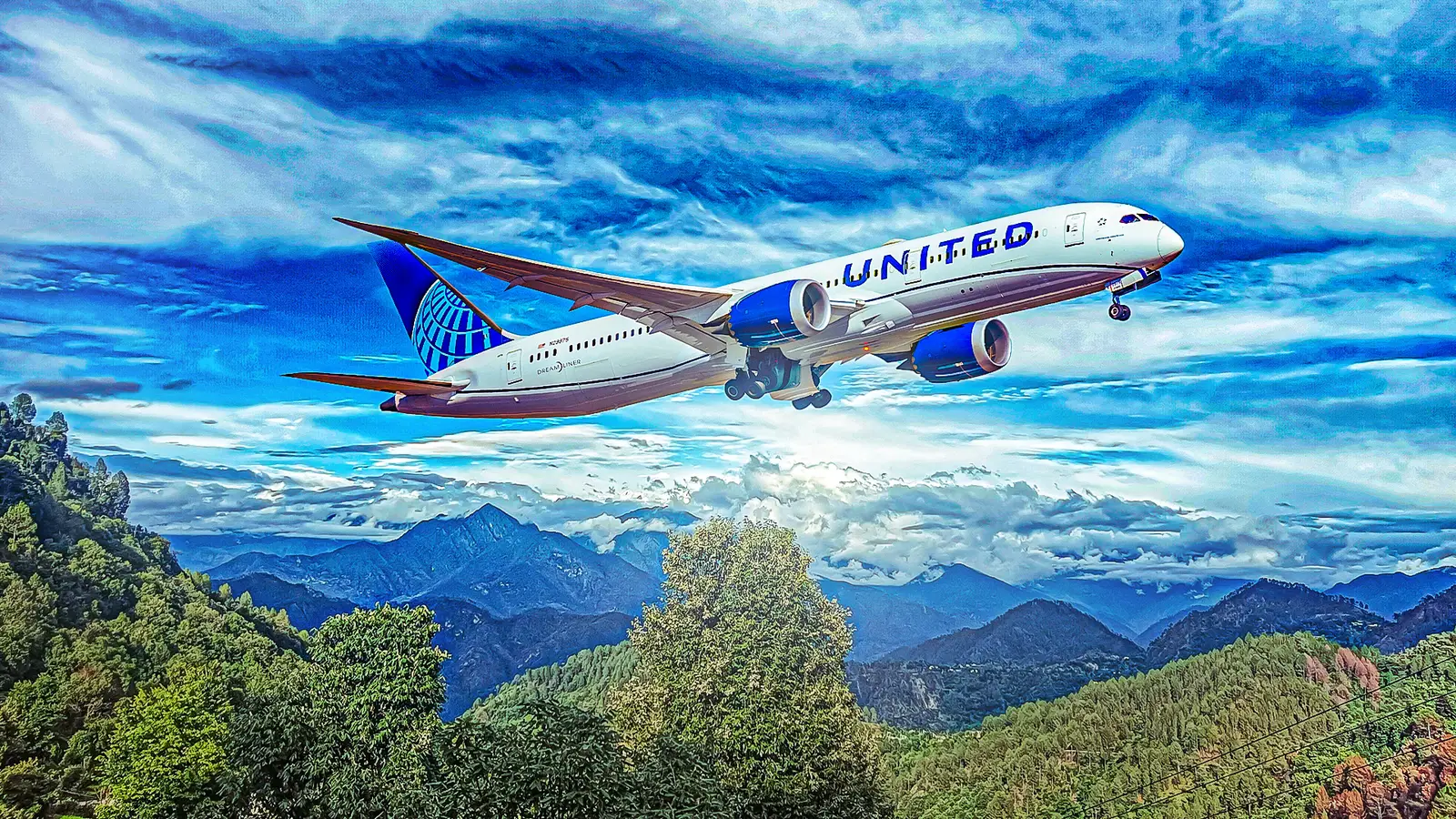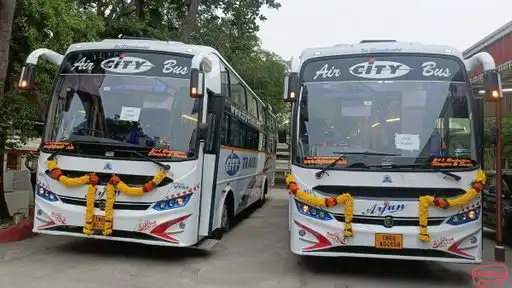Copyright Simple Flying

While an entire ocean separates them, Asia and North America are two markets that have close ties when it comes to the world of modern commercial aviation. The transpacific market is served by legacy and flag carriers, who compete to gain market share by deploying some of their most opulent cabins on these routes. As such, this is a market where the US 'big three' airlines (American, Delta, and United) have a considerable presence. According to present scheduling data made available by Cirium, an aviation analytics company, United Airlines is the biggest of this trio in this market, with 1,647 long-haul flights scheduled on routes between Asia and the US this month. Closer to Asia, it also has a hub in the US territory of Guam for further market access. Meanwhile, Delta has 892 flights and American has 481, but what are each of these airlines' top transpacific routes? United Airlines This November, the top transpacific routes by frequency at United Airlines are served on a twice-daily basis, with 60 flights each way. The US West Coast is where they tend to start, with San Francisco (SFO) being its dominant hub. Indeed, from here, it has twice-daily flights to and from Hong Kong (HKG), Manila (MNL), Seoul (ICN), Singapore (SIN), and Taipei (TPE). Meanwhile, Hong Kong also sees this frequency from Los Angeles (LAX). Looking at capacity by other metrics, the San Francisco to Manila route comes out on top, with 146,727,000 available seat miles (ASMs) in each direction this November. United Airlines' widebody twinjet of choice on this route is the Boeing 777-300ER, with Cirium showing that the examples used on this corridor have 350 seats. The twice-daily frequency is a relatively new boost, which United first announced back in April of 2025, saying: "Starting on October 25, travelers will have the option of a daytime or evening flight. United is the only US airline to serve the Philippines, with service to both Manila and Cebu." Delta Air Lines While United Airlines was a founding member of the Star Alliance, its Atlanta-based US 'big three' legacy rival Delta Air Lines belongs to the SkyTeam group. This carrier comes second in terms of its US-Asia coverage this November, with a grand total of 892 long-haul flights scheduled on its various transpacific routes. Collectively speaking, these services will offer 256,752 seats and 1,565,074,246 available seat miles (ASMs). Despite Delta Air Lines having previously had a hub at Tokyo Narita Airport (NRT) in Japan, which it inherited from Northwest Airlines when the two carriers merged together, its top transpacific market by frequency this month is actually located in South Korea. The airport in question is Seoul Incheon, which it serves twice daily from Hartsfield-Jackson Atlanta International Airport (ATL) using 275-seat Airbus A350-900 aircraft. Seoul is a key Asian destination for Delta Air Lines due to the presence of fellow SkyTeam founding member Korean Air at Incheon Airport. As such, it also flies there from several other hubs, with daily services from Detroit (DTW), Minneapolis (MSP), and Seattle (SEA). Utah's Salt Lake City International Airport (SLC) enjoys non-stop Delta flights to Seoul as well, albeit at a somewhat lower frequency of just three flights per week. American Airlines Rounding out the trio we have oneworld founding member American Airlines, whose long-haul US-Asia presence this month amounts to a grand total of 481 flights, 134,268 seats, and 873,618,873 ASMs. Its top Asian route this November links Los Angeles International Airport with Tokyo Haneda (HND). AA's jet of choice on this transpacific corridor, which it serves on a twice-daily basis, is the Boeing 787-9 Dreamliner. These aircraft have a grand total of 285 seats onboard (spread across three different classes of travel), and they take 12 hours to fly from LAX to HND. The return leg is shorter, at around 10 hours. American Airlines' remaining Asian routes are served daily, with Tokyo Haneda also seeing non-stop flights from Dallas/Fort Worth International Airport (DFW) and New York JFK. As it happens, DFW is something of a transpacific gateway for AA, with other flights to Seoul, Shanghai (PVG), and Tokyo Narita.



